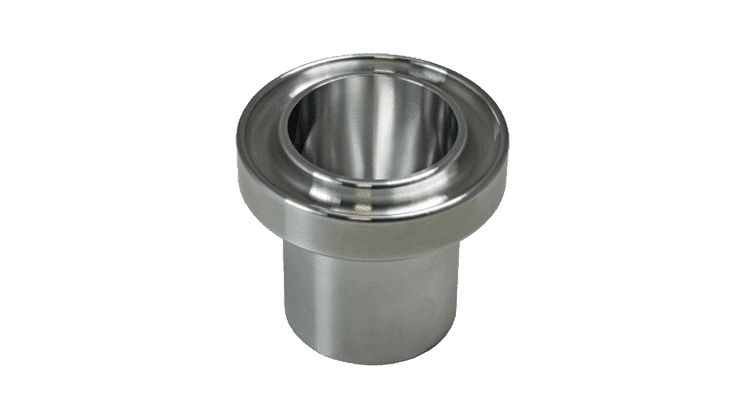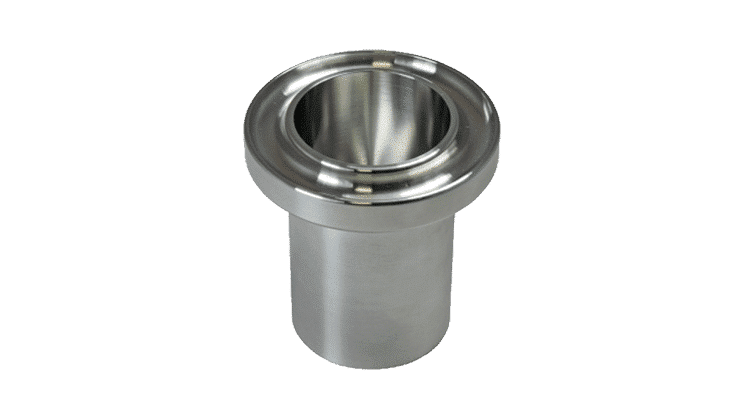Experten für die Erscheinungsbildmessung seit 1986
It can be problematic to measure the gloss of transparent sheeted material because light is reflected from both the front surface and internally from the second surface.
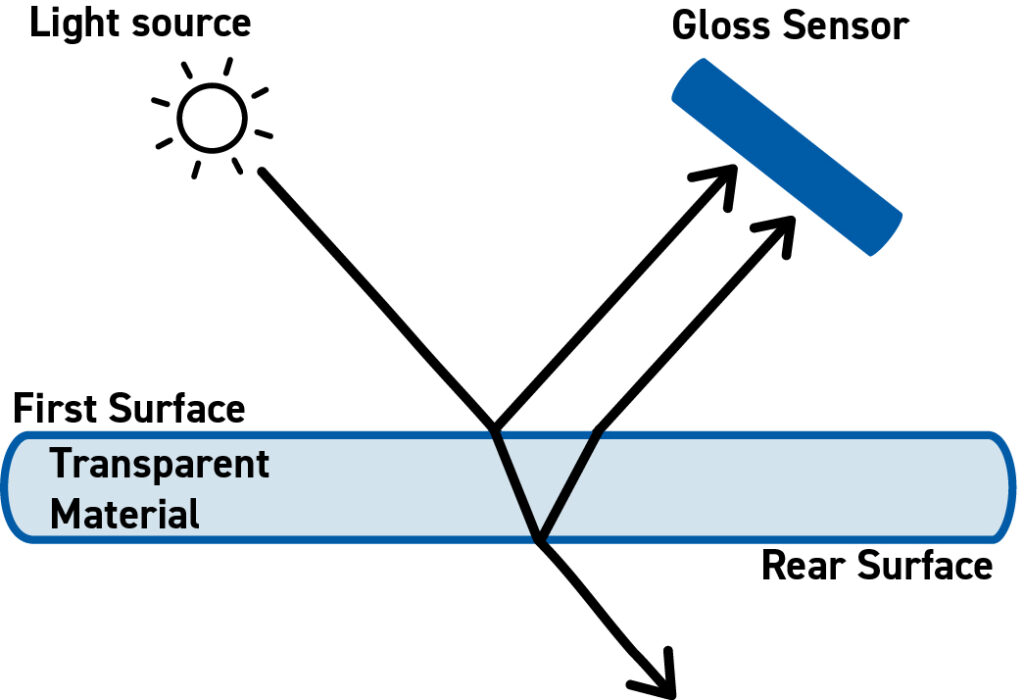
Damit nur die Reflexion der äußeren Oberfläche gemessen wird, muss das Licht, das in das Material eindringt, ohne Reflexion von der inneren Oberfläche absorbiert werden.
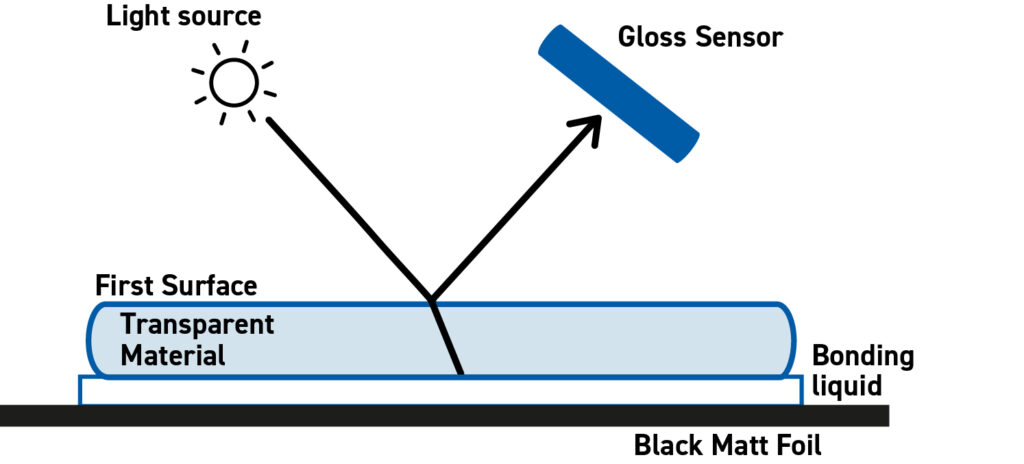
An inexpensive standard background to use would be matte black photography wrap that also works almost perfectly at absorbing any light passing through the material.
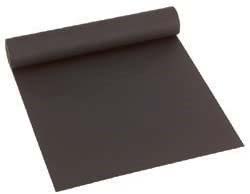
As any air between the transparent material and the foil will cause the second surface to reflect light, a liquid must be used to optically bond the transparent material to the black foil.
In der Praxis hat sich ein Tropfen Wasser oder Isopropanol (verdunstet nach der Messung) bewährt, um genaue Glanzmessgerätgebnisse bei den meisten transparenten Proben zu erzielen.
If you have any further questions, please feel free to contact us

